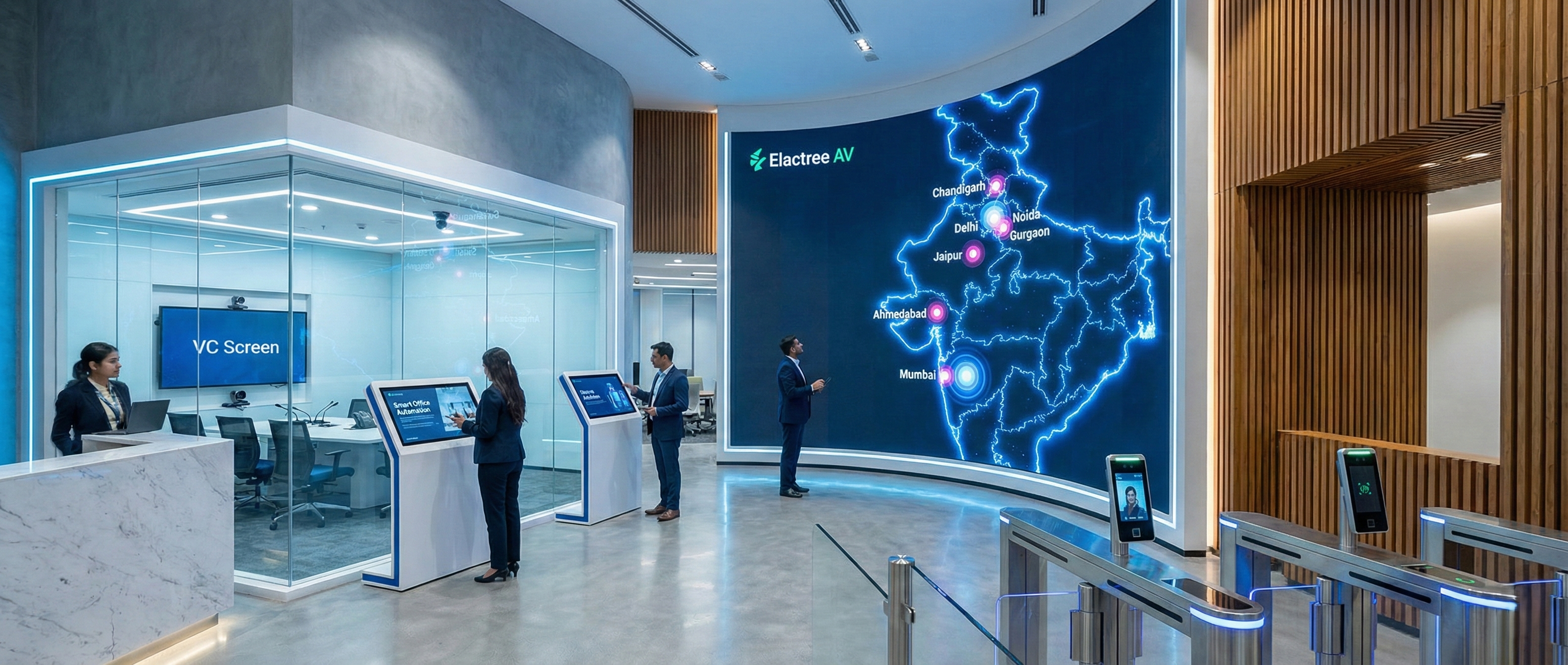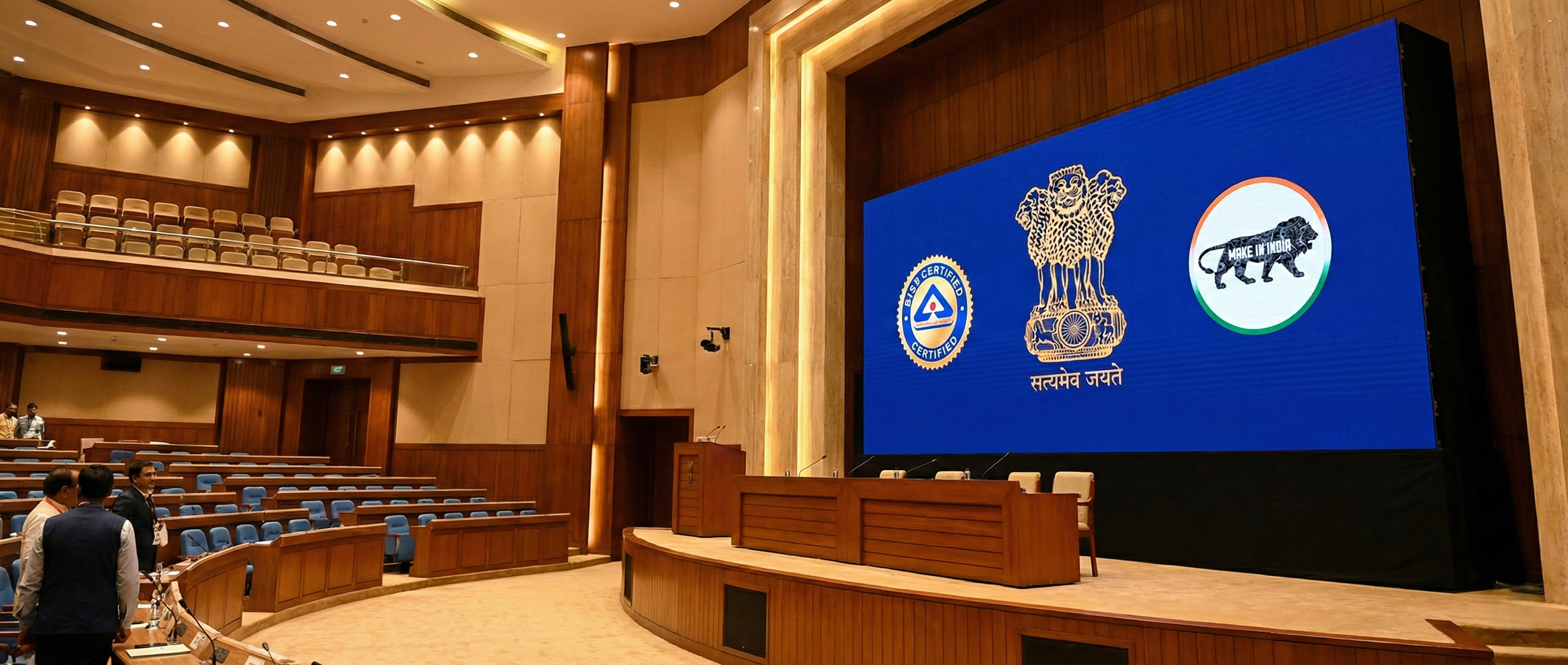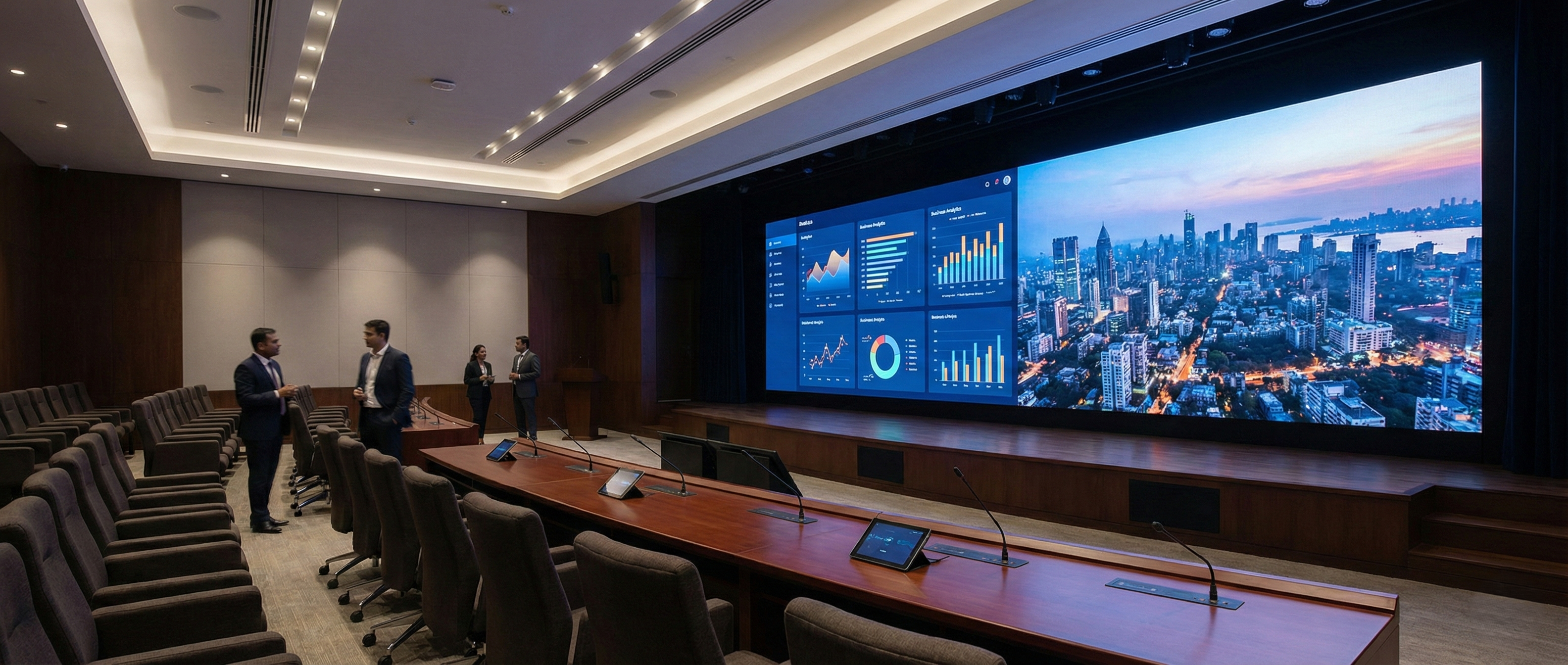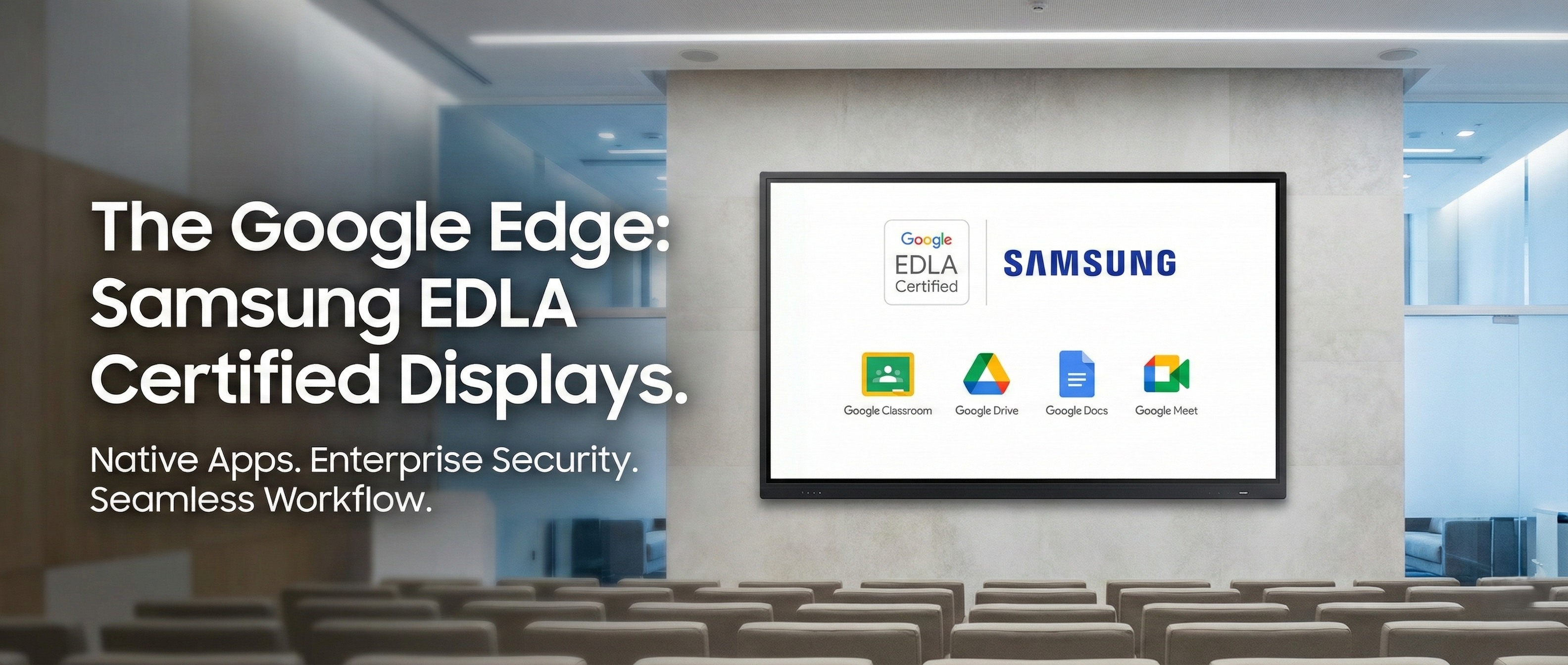The blackboard is a relic of the past. Today's classrooms are being reshaped by a powerful duo: artificial intelligence (AI) and interactive displays. This combination is not just an upgrade in technology; it's a fundamental shift in how we learn and teach. The integration of AI-powered learning and interactive flat panel displays is creating a more personalized, engaging, and efficient educational experience. No longer is the teacher the sole source of information; they are now a facilitator, guiding students through a dynamic landscape of data, creativity, and collaboration. This technological evolution is equipping students with the skills they need to thrive in a rapidly changing world. In this post, we will delve into how AI and interactive displays are revolutionizing education, providing real-world examples, and exploring what this means for the future of teaching.
The Rise of AI in Education: A Personalized Approach
AI is no longer a futuristic concept; it's here, and it's transforming the classroom from the ground up. By analyzing student data, AI can create highly personalized learning paths tailored to each individual's needs, strengths, and pace. This is a massive leap from the one-size-fits-all model of traditional teaching.
How AI is Revolutionizing Learning:
Intelligent Tutoring Systems: AI-powered tutors provide one-on-one instruction, offering immediate feedback and adjusting the difficulty of questions in real time. This ensures that no student is left behind, and advanced learners can move ahead at their own pace.
Automated Grading and Feedback: Teachers spend a significant amount of time on administrative tasks like grading. AI can automate the grading of quizzes, essays, and assignments, providing instant, detailed feedback to students. This frees up educators to focus on more meaningful interactions and lesson planning.
Predictive Analytics: AI systems can analyze student performance and engagement data to identify at-risk students before they fall behind. This allows teachers to intervene proactively and provide targeted support.
Content Curation: AI can curate and recommend supplementary learning materials, videos, and articles that align with a student's interests and learning style, making lessons more relevant and engaging.
According to a 2024 report, over 800,000 students in CBSE schools in India have already enrolled in AI courses, showcasing the rapid adoption and growing importance of this technology.
Interactive Displays: The Dynamic Hub of the Classroom
While AI works in the background to personalize content, interactive displays are the vibrant, collaborative canvas where learning comes to life. These modern alternatives to chalkboards and whiteboards are a game-changer for classroom engagement.
The Role of Interactive Displays:
Hands-On Collaboration: Multi-touch technology on interactive flat panel displays allows several students to work on the screen simultaneously. This promotes teamwork, problem-solving, and communication skills as students can brainstorm, annotate, and present ideas together.
Multimedia Integration: Teachers can seamlessly integrate videos, animations, 3D models, and educational apps directly into their lessons. This caters to different learning styles and makes complex concepts easier to understand.
Real-Time Annotation and Note-Taking: Lessons can be annotated, saved, and shared with students instantly. This means students can focus on the discussion without the pressure of taking frantic notes, and they have a digital copy of the lesson for future review.
Hybrid Learning Support: Many interactive displays come with built-in screen-sharing and casting capabilities, enabling students learning remotely to participate fully and interact with their peers in the physical classroom.
The synergy between AI and interactive displays is where the magic truly happens. Imagine a student struggling with a geometry problem. The AI identifies this difficulty and sends a notification to the teacher. The teacher can then use the interactive smart board to pull up a 3D model of the concept, allowing the student to manipulate it directly on the screen, guided by both the teacher's expertise and the AI's data-driven insights.
The Teacher's Evolving Role
This technological transformation does not diminish the role of the teacher; it elevates it. With AI handling administrative and data-heavy tasks, teachers are freed to become mentors, coaches, and creators. Their focus shifts from rote instruction to fostering critical thinking, creativity, and emotional intelligence—skills that AI cannot replicate. The teacher's role is to guide students in navigating the vast ocean of information, helping them develop a love for learning and the ability to think critically about the content they are consuming.
FAQs: Your Questions on the Future of Education Answered
Q1: How does AI enhance personalized learning in the classroom? A: AI enhances personalized learning by analyzing a student's performance, pace, and learning style to create a unique and adaptive learning path. It can recommend specific resources, provide targeted feedback, and adjust the difficulty of content in real-time. This ensures that each student receives the support they need to succeed and stay engaged.
Q2: What are the main benefits of using interactive flat panels over traditional projectors? A: Interactive flat panels offer superior benefits over traditional projectors. They provide a brighter, clearer, and more vibrant display with no glare. They are all-in-one units with built-in computers and speakers, eliminating the need for a separate projector and reducing maintenance. They also offer multi-touch capabilities for collaborative learning and are more durable and energy-efficient.
Q3: Can AI-powered tools be used for students with special needs? A: Yes, AI-powered tools are a great asset for students with special needs. They can provide features like text-to-speech, speech-to-text, and personalized accommodations that can be crucial for students with learning disabilities. AI can also help create more accessible and inclusive learning environments.
Q4: Will AI and interactive displays replace teachers? A: No, AI and interactive displays will not replace teachers. Instead, they are powerful tools that enhance the teacher's role. AI takes on the repetitive, data-driven tasks, while interactive displays provide a dynamic platform for engaging lessons. This allows teachers to focus on what they do best: providing mentorship, fostering creativity, and building meaningful relationships with their students.
Q5: What is the initial investment and long-term cost of implementing this technology? A: The initial investment for implementing interactive displays and AI-powered learning platforms can be significant. However, the long-term benefits often outweigh the costs. They offer reduced maintenance expenses (no bulbs to replace), lower energy consumption, and a decrease in the need for printed materials. The enhanced learning outcomes and improved student engagement also represent a valuable return on investment.
Conclusion: A New Era of Learning
The convergence of AI and interactive displays is ushering in a new era of education. The classroom is evolving from a passive learning environment to an active, personalized, and collaborative space. This transformation is not just about adopting new gadgets; it’s about fundamentally changing how we approach teaching and learning. The future of education is here, and it’s powered by intelligent technology that empowers educators and inspires students.
Ready to explore the future of education for your institution? Check out our guide on how to integrate AI-powered learning platforms to create a more efficient and engaging school environment.





